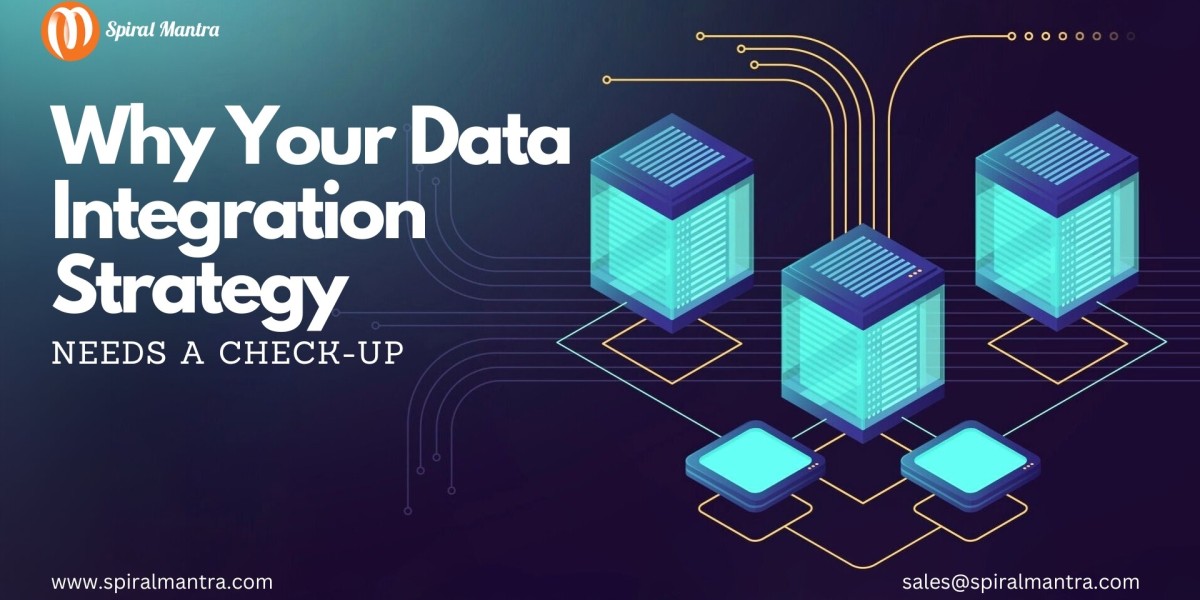Customer profiles, transaction records, and website analytics are just a few examples of the data streams businesses must connect, process, and utilize effectively. As the designated manager responsible for finding effective solutions, it is essential to ensure that your data integration strategy is modern, efficient, and well-aligned with your business needs.
What Is a Data Integration Strategy?
A data integration strategy is a systematic approach that combines data from multiple systems into a unified, coherent system. This approach provides a central view of all information, ensuring real-time synchronization across various subsystems and platforms. For instance, coordinating customer relationship management (CRM) systems with supply chain databases requires seamless integration to enable faster decision-making, automate processes, and minimize human errors.
However, the mere existence of a strategy does not guarantee optimal performance. Regular assessments are vital to ensure your integration strategy stays relevant and continues to meet the evolving demands of your business.
Why Regular Reviews Are Crucial
As your business grows, your systems might become outdated. The tools and methods that worked efficiently several years ago may no longer be effective. Regularly reviewing your data integration strategy helps address key challenges:
Scalability: An integration system designed for small-scale operations may struggle to handle increased data volumes as your business scales. Inefficiencies in cash flow, delayed processes, or missed opportunities are signs that your strategy needs to be updated.
Technical Advancements: New methods of processing information emerge continually. Businesses using outdated practices can benefit significantly from adopting the latest technologies, which enhance efficiency and reduce costs.
Compatibility Issues: Regular updates to software and systems can create compatibility challenges. Ensuring that all integrated systems work harmoniously is essential to maintaining efficiency.
Security and Compliance: With evolving regulations and rising cyber threats, companies must ensure their integration strategies comply with current laws and implement robust security protocols. Regular reviews ensure adherence to industry standards and safeguard sensitive data.
Signs Your Data Integration Strategy Needs a Check-Up
Determining when to review your data integration strategy can be challenging. Here are some common indicators that it’s time for an audit:
Slow Data Processing: If processing data takes longer than expected due to unsynchronized information, it may indicate inefficiencies in your system.
Data Inconsistencies: Frequent errors, missing information, or incorrect entries signal issues with your integration processes.
Manual Interventions: If your team spends significant time correcting data manually, your strategy likely lacks the necessary automation tools.
Lack of Adaptability: An outdated system that cannot integrate with new platforms is a clear sign that your strategy needs an upgrade to meet evolving business needs.
Steps to Review and Improve Your Data Integration Strategy
Optimizing your integration strategy requires a structured approach. Follow these steps to identify weaknesses and implement improvements:
Reassess Current Systems: Conduct a comprehensive review of your existing systems to understand their integration capabilities. Identify how well they align with your business goals.
Identify Bottlenecks: Analyze performance to pinpoint errors, delays, or inefficiencies. A detailed examination will help uncover root causes and areas for improvement.
Update Technology: Replace outdated tools with modern, scalable solutions to enhance compatibility and performance. Leveraging the latest advancements ensures long-term efficiency.
Automate Processes: Implement automation tools to handle repetitive tasks, reduce manual effort, and minimize the likelihood of errors.
Enhance Security Measures: Regularly update security protocols to protect sensitive data and maintain compliance with industry regulations.
The Role of Spiral Mantra in Data Integration
Spiral Mantra is a leading mobile app development and IT solutions company specializing in robust data engineering strategies. We provide tailored solutions to ensure effective data integration for businesses of all sizes. Here’s how we can help:
Customized Solutions: Every business has unique requirements. At Spiral Mantra, we analyze your specific needs to develop a strategy that ensures seamless data integration.
Expertise in Advanced Technologies: Our team stays up-to-date with the latest tools and technologies to deliver efficient, scalable solutions that drive long-term success.
Robust Security Protocols: We prioritize data security by implementing stringent measures that comply with industry standards, safeguarding your business against potential threats.
Conclusion
A well-maintained data integration strategy is critical for leveraging technological advancements and achieving long-term business success. Regular reviews ensure that your systems remain error-free, efficient, and adaptable to changing requirements.
Businesses can keep their data management systems in top shape by conducting regular check-ups and collaborating with industry experts like Spiral Mantra. If your current strategy shows signs of inefficiency, now is the time for a comprehensive review. Whether you’re looking to assess your existing approach or build a new one, Spiral Mantra offers the expertise and tools to optimize your operations.
Schedule a consultation with the Spiral Mantra team today and take the first step toward impactful, efficient business operations.



